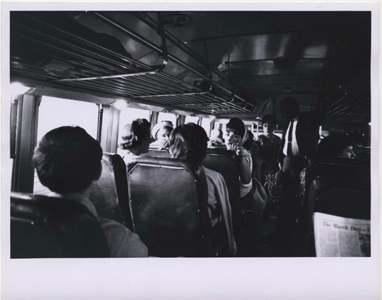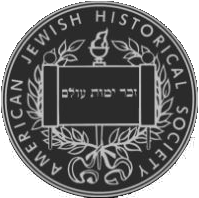“Both Black-Jewish relations and the Civil Rights Movement need a new historiographic perspective, a new generation’s approach to and understanding of what actually happened.”
History is the study of the past, while historiography is the study of how different generations of historians analyze and make arguments about the same event; the term “historiography” is also used as a catch-all for the whole of scholarly literature relating to a specific topic, field, or subfield. Scholars are always looking at history with new perspectives, new questions, and new academic interests, hoping to learn more from past events that we thought we understood.
For many years, historians of the Civil Rights Movement celebrated the alliance of two persecuted minorities–Black and Jewish Americans–working together to abolish the Jim Crow laws, pass a federal Civil Rights law, and realize Dr. King’s dream of ending racism in America. Articles and books relating to this topic, no matter how specific their scope, center their arguments on the hopeful and optimistic creation of this inter-racial alliance. When the Black-Jewish alliance fractured in the mid-1960s, writers lamented the rise of Black anti-Semitism, the purge of Jews from Civil Rights leadership, and the end of what they described as the “golden age” of Black-Jewish cooperation.

Yet, after spending a year conducting research in the AJHS archives, I came across scores of primary source documents which stood in contradiction to these historiographic conclusions. To my surprise, I soon realized that many vital historical documents from the era had never been integrated into scholarly understandings of the period. Both Black-Jewish relations and the Civil Rights Movement need a new historiographic perspective, a new generation’s approach to and understanding of what actually happened.
I found that Black-Jewish relations in the 1950s were far more fraught than previously believed. Even as Black and Jewish leaders projected an image of respectful cooperation, behind the scenes communications, and even several published articles, revealed the limits inherent in primarily Ashkenazic Jews seeking to partner with Black Americans; white Jews, though hardly free from discrimination themselves, were well aware of the racial privilege they enjoyed relative to their African American counterparts.
Moreover, I found evidence of strong American Jewish organizational support for the rise of the Black Power movement. White, and mostly male, Jewish leaders predicted the rise of Black militancy, understood its origins, agreed with its demands, and discounted the threats posed by rising Black anti-Semitism. While the historiography points to the existence of a Black-Jewish schism in the mid-1960s, my research shows the emergence of new type of alliance between Blacks and Jews in the late 1960s, early 1970s.
In this period, Black and Jewish American activists went their separate ways, but Jews leveraged the ideology of Black Power to create, inform, and strengthen movements to bolster American Jewish identity. For example, Jews in the American Movement for Soviet Jewry modeled their protests on Black militant tactics; American Zionists emulated Black Zionism following Israel’s victory in the 1967 Six Day War.
This new understanding of the Black-Jewish alliance, the rise of Black Power movements, and their impacts on Jewish politics, sheds a light on many issues facing Black and Jewish Americans today.
Marc Dollinger’s Black Power Jewish Politics: Reinventing the Alliance in the 1960s charts the transformation of American Jewish political culture from the Cold War liberal consensus of the early postwar years, to the rise and influence of Black Power-inspired ethnic nationalism. He is also the author of Quest for Inclusion: Jews and Liberalism in Modern America, and co-editor of California Jews and American Jewish History: A Primary Source Reader. He holds the Richard and Rhoda Goldman Chair in Jewish Studies and Social Responsibility at San Francisco State University.

